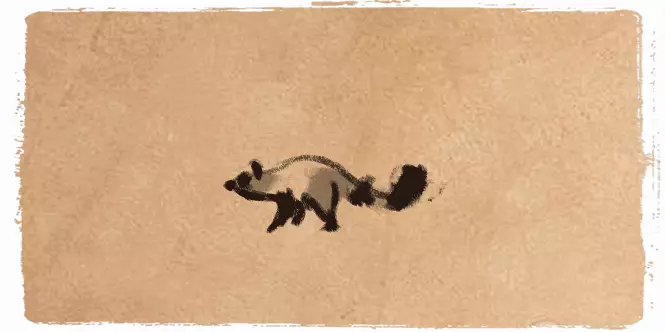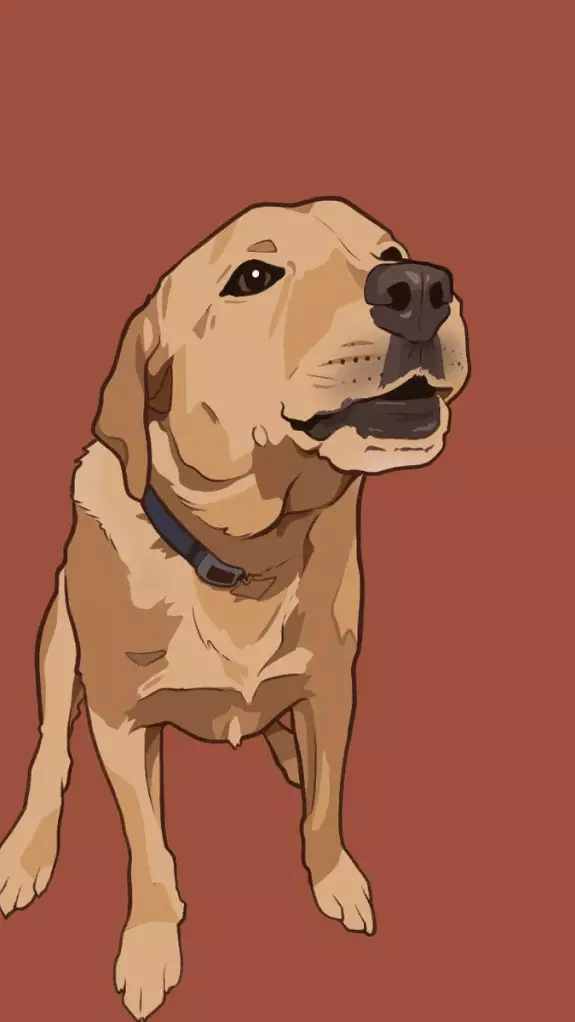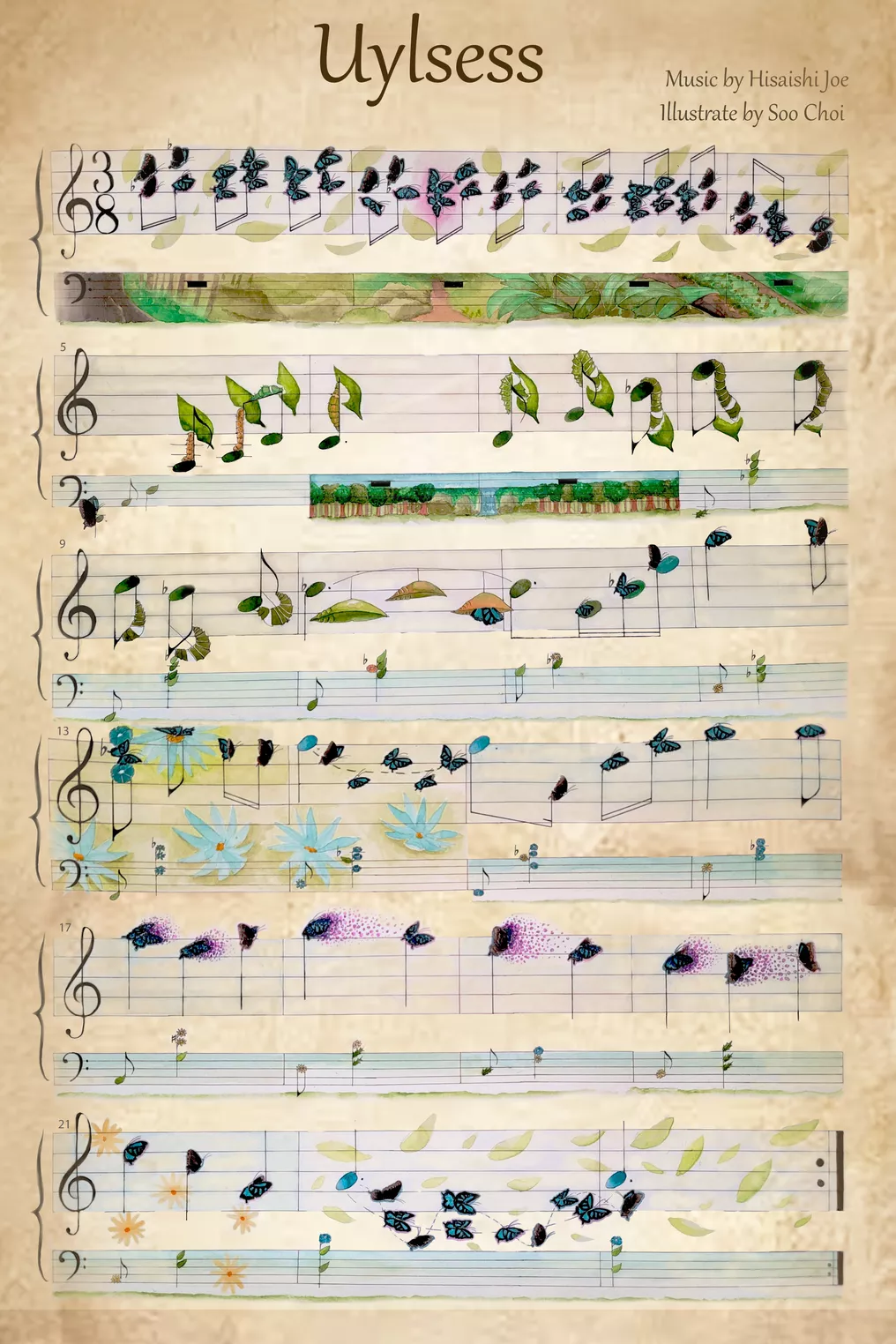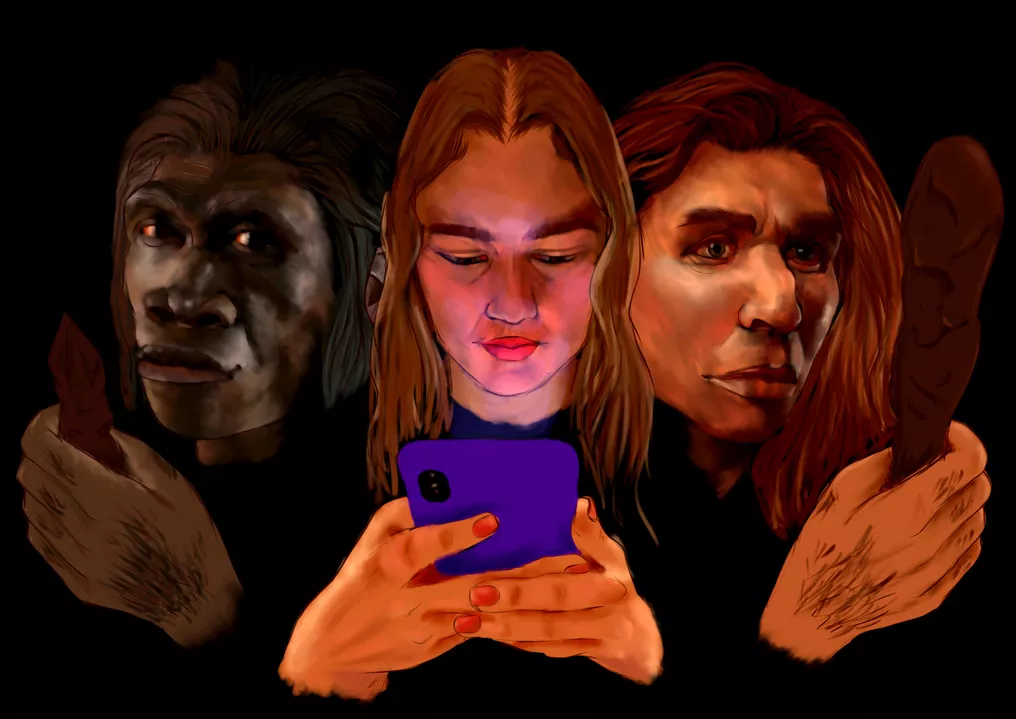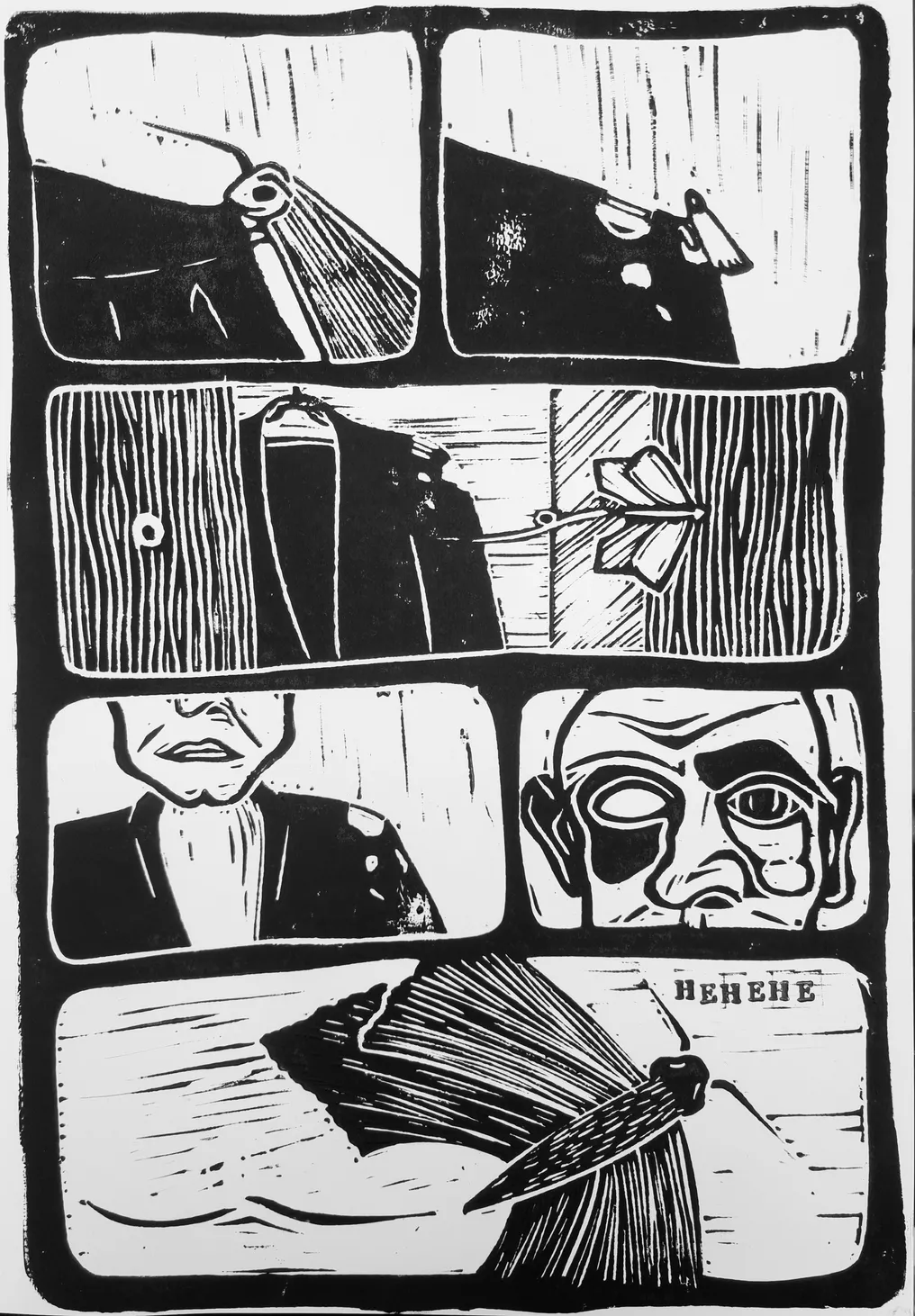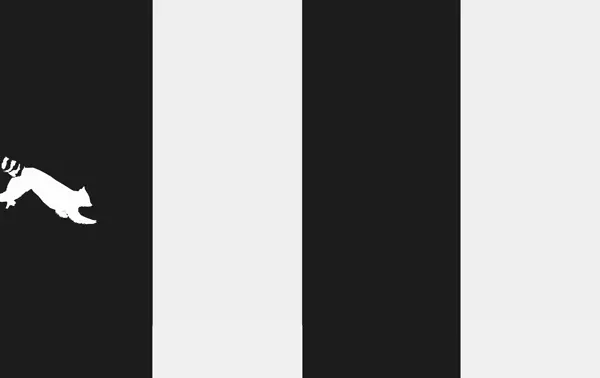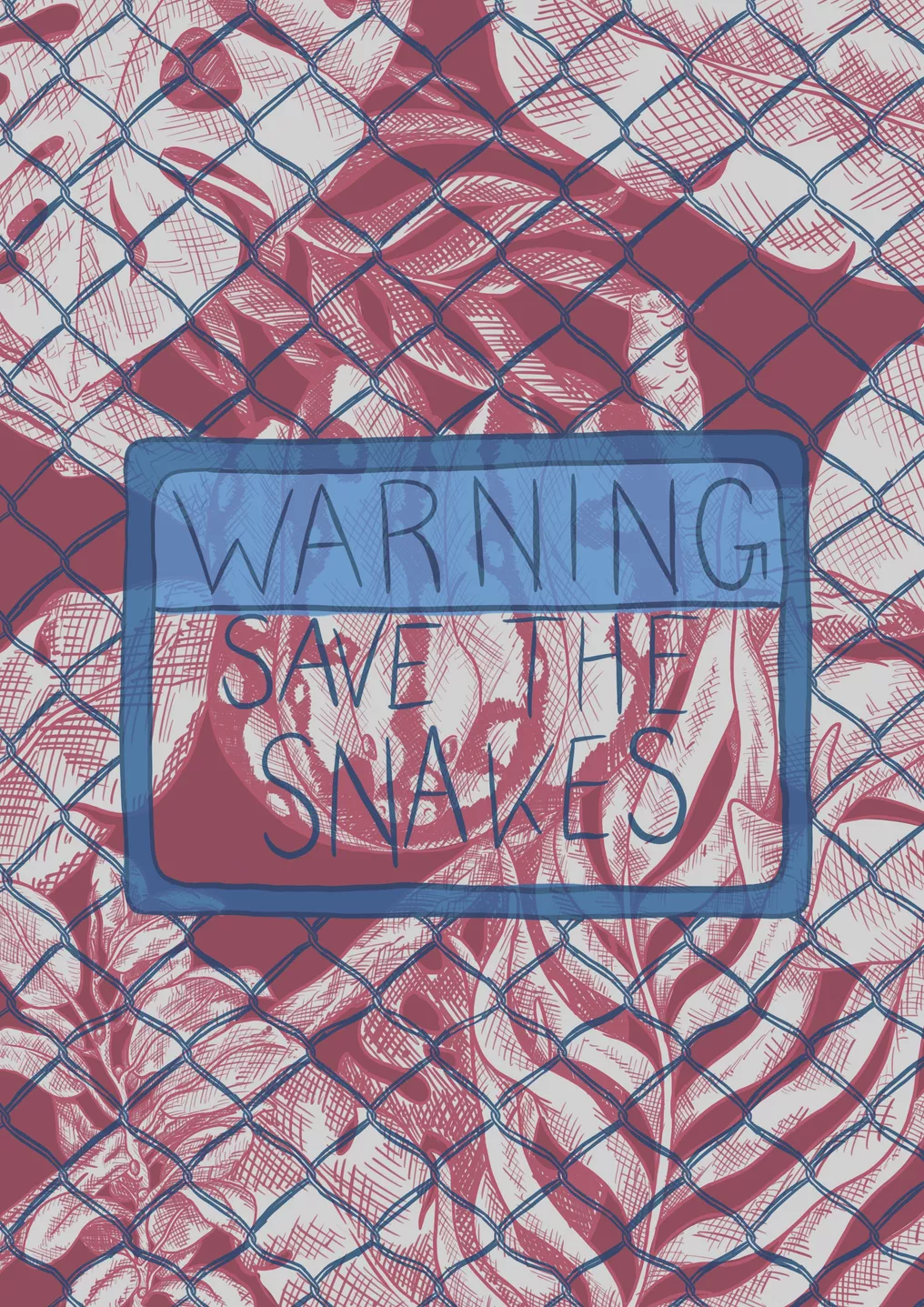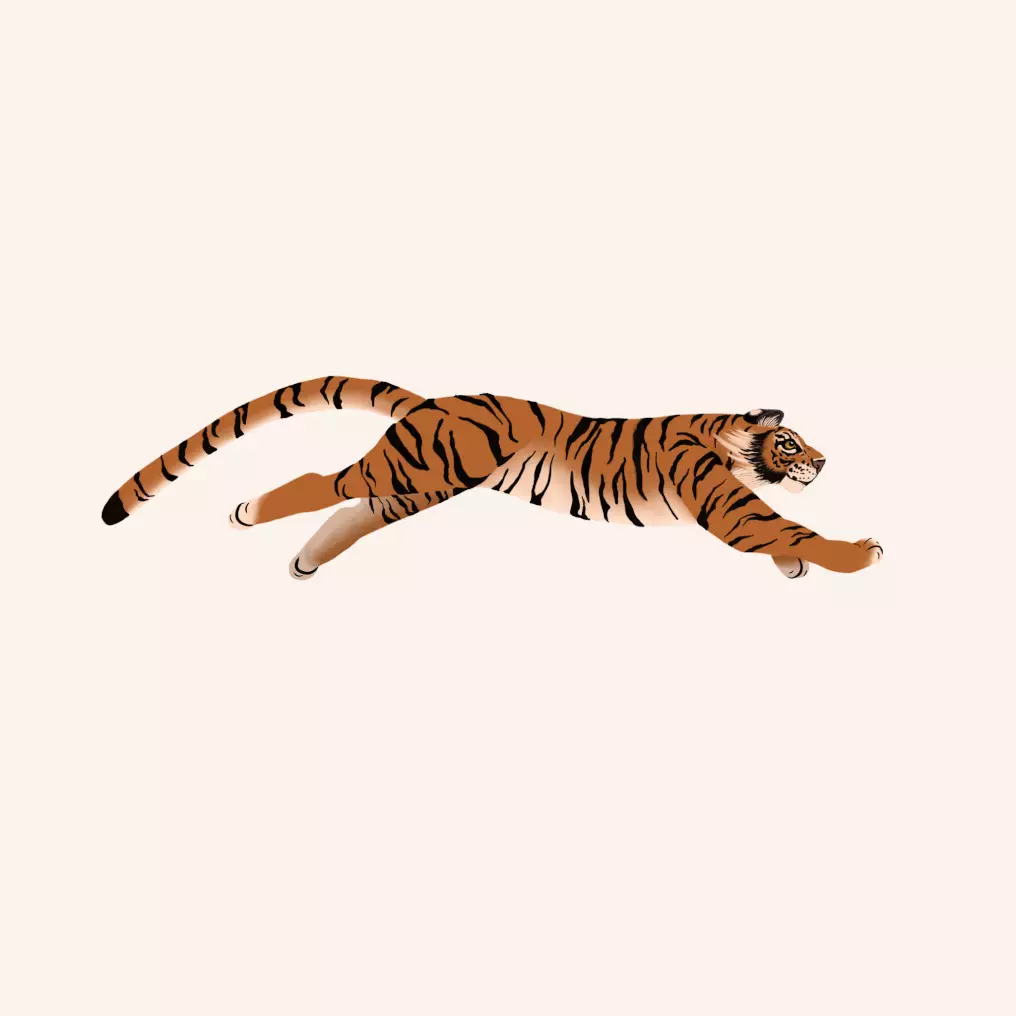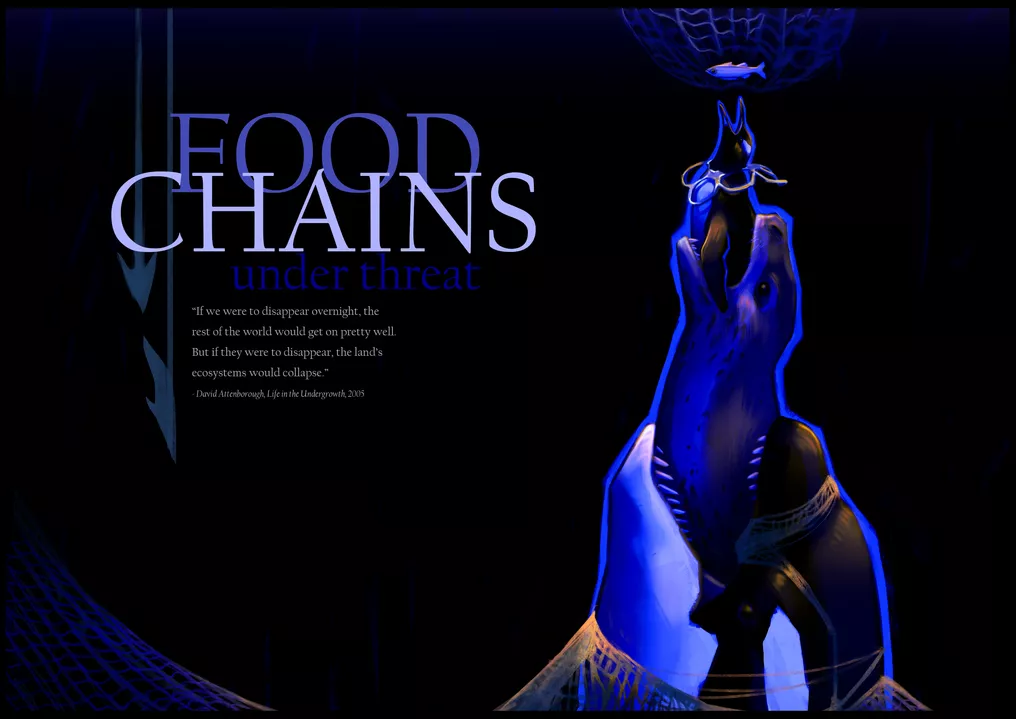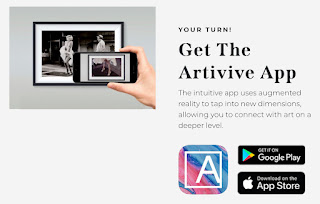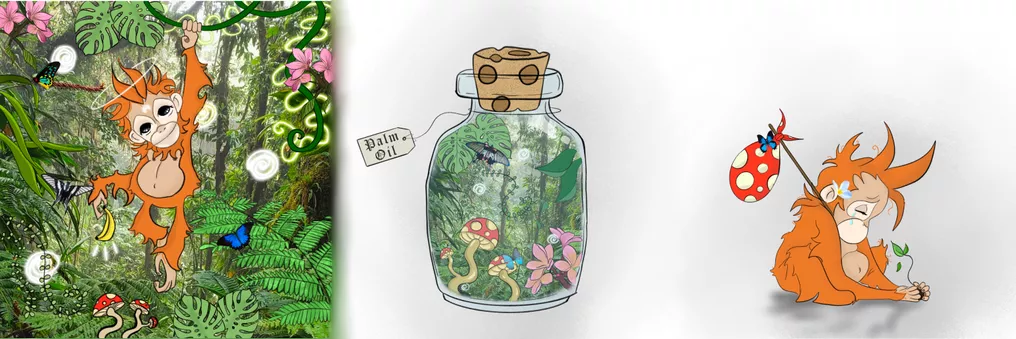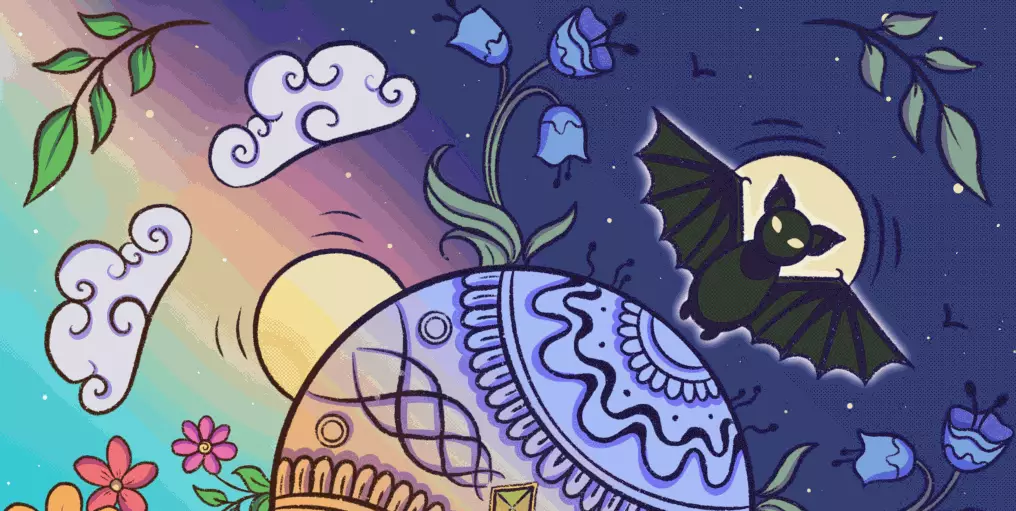Fantastic opportunity to be a part of We Shine Festival 2022!
Final call for animal-themed artwork
Have you got animal themed artwork that could be included in an exhibition as part of this November’s festival? Last year’s festival attracted 80,000 visitors, so be a part of it this year!
We are looking for animal-themed;
- Animated GIFs
- Short sequences of images
- Short animations (up to 45 seconds)
- Imagery in layers
What would we need from you?
- Video or moving image file; .gif, .mov, .mp4 format or A sequence of still images; .jpg, .png format or A layered Photoshop or Procreate file; .psd format - sound can be included too
- A good quality image for print; 300 dpi, sized to fit within 220 mm x 220 mm
- A short artist bio, description of the work, the name you would want to be promoted under and socials/website etc for contacts. These details would be available to viewers of the work.
Submissions deadline Friday 4th November 2022 - nicola.hay@port.ac.uk



